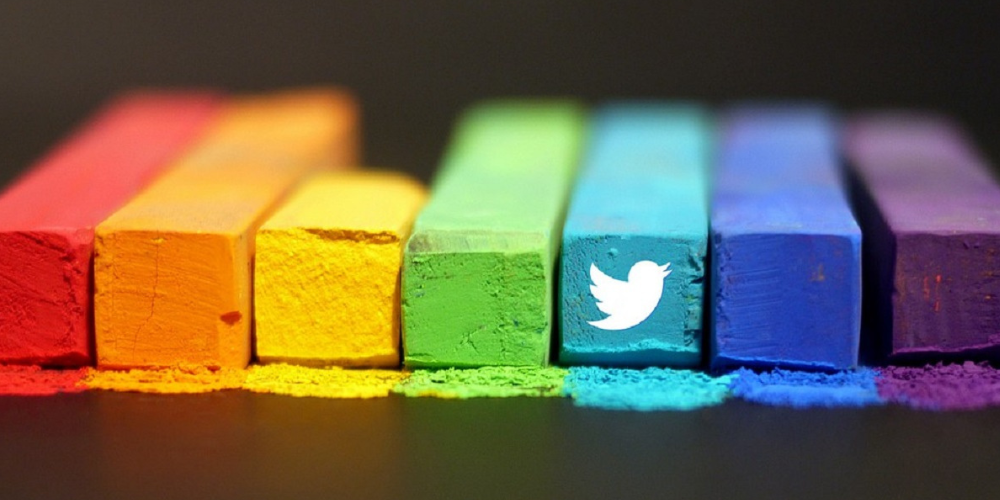Twitter's New DM Filters: A Step towards a Spam-Free Experience
Lindsay Robertson / 16 Jul 2023

In a bid to tackle the rising menace of spam messages, Twitter has announced a significant adjustment to its Direct Message (DM) options. This change, anticipated as soon as July 14th, primarily targets Twitter Blue users, adding a new layer of control over who can or cannot send them a message in the application.
Under the new setting, Twitter aims to segregate the influx of messages into users' inboxes based on their source. Henceforth, messages from users that you follow will be directly delivered to your primary inbox. Simultaneously, messages from verified users whom you don't follow will find their way into your message request inbox. This new system offers a more systematic approach to sorting messages, reducing clutter while enhancing user experience.
However, this is not an absolute restriction on who can send you a DM. Twitter's current policy allows anyone to send you a private message if you have authorized direct messages from any user or if the user is verified and you have authorized direct messages from such verified users. Additionally, users also have the option to allow DMs from anyone they've sent a DM to in the past.
This new update, however, seeks to refine this dynamic. Twitter is gradually working on limiting this access to only verified users, thereby turning private messaging into a privilege attainable only through verification. This move aligns well with Twitter's broader push towards leveraging verification as a means of filtering access to particular functionalities.
In conclusion, Twitter's decision to update its DM options signifies a more significant step towards counteracting spam messages and ensuring a clean, spam-free DM experience for its users. By narrowing down the pool of potential message senders, Twitter aims to shield its users from unsolicited communications, promoting a safer and more organized interaction environment. It's an intriguing display of Twitter's commitment to bettering user experience, and other social platforms might just follow suit.